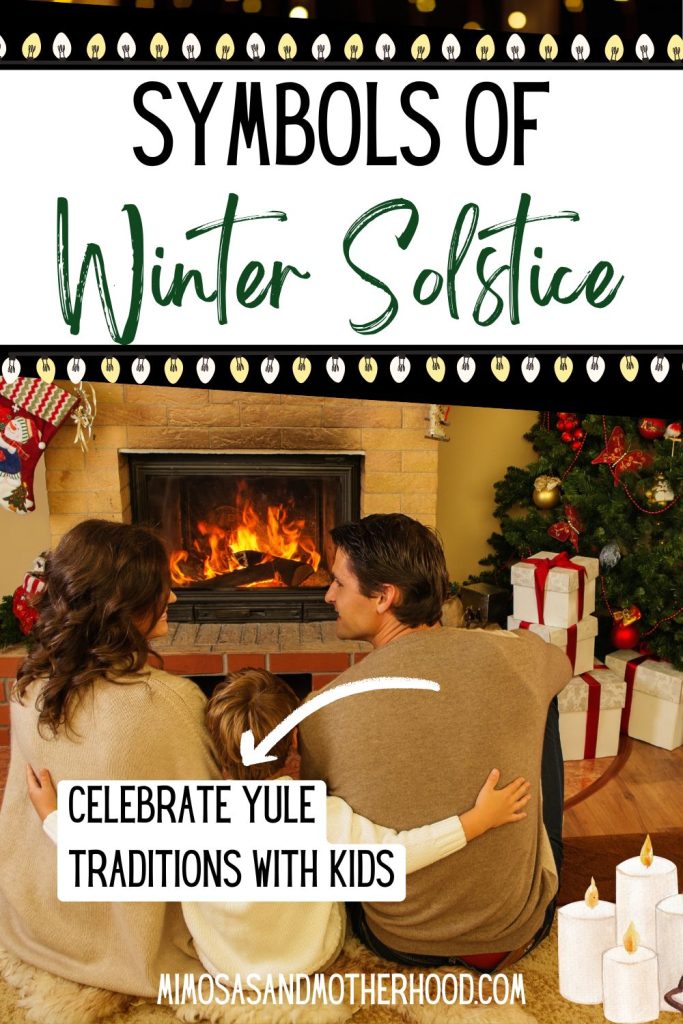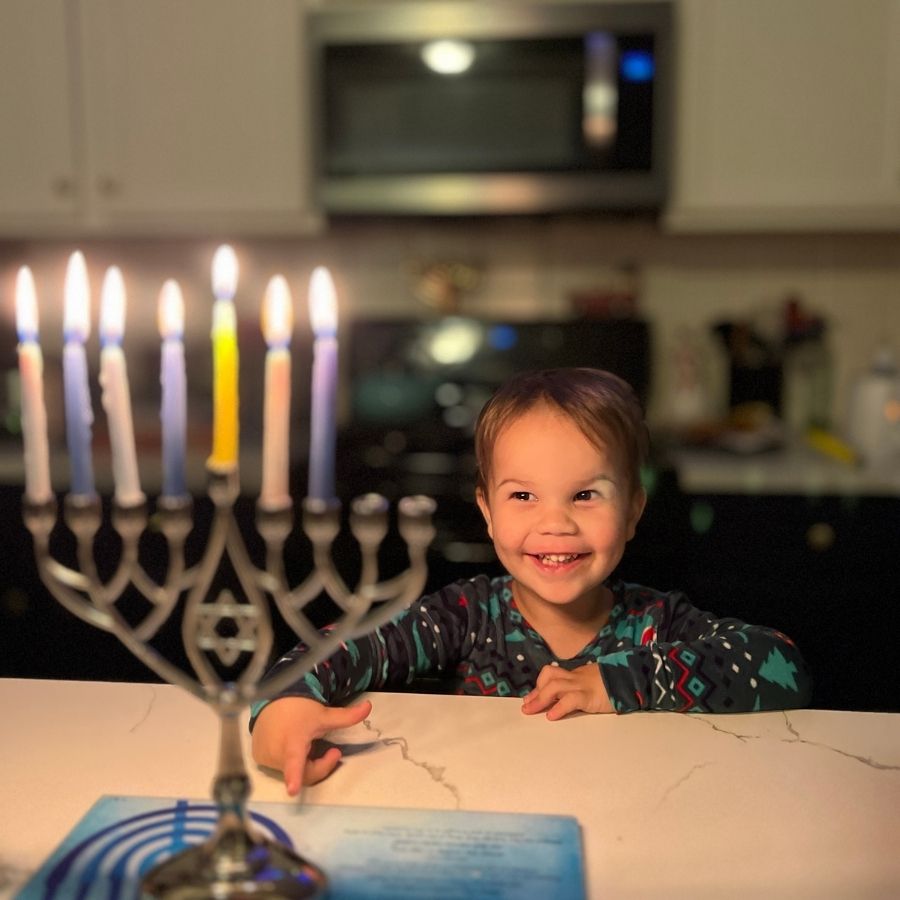Symbols of Winter Solstice: Yule Meanings & Family-Friendly Ideas
Learn the most meaningful symbols of winter solstice, their history, and family-friendly Yule traditions! Celebrate the return of light with crafts, foods, and rituals.
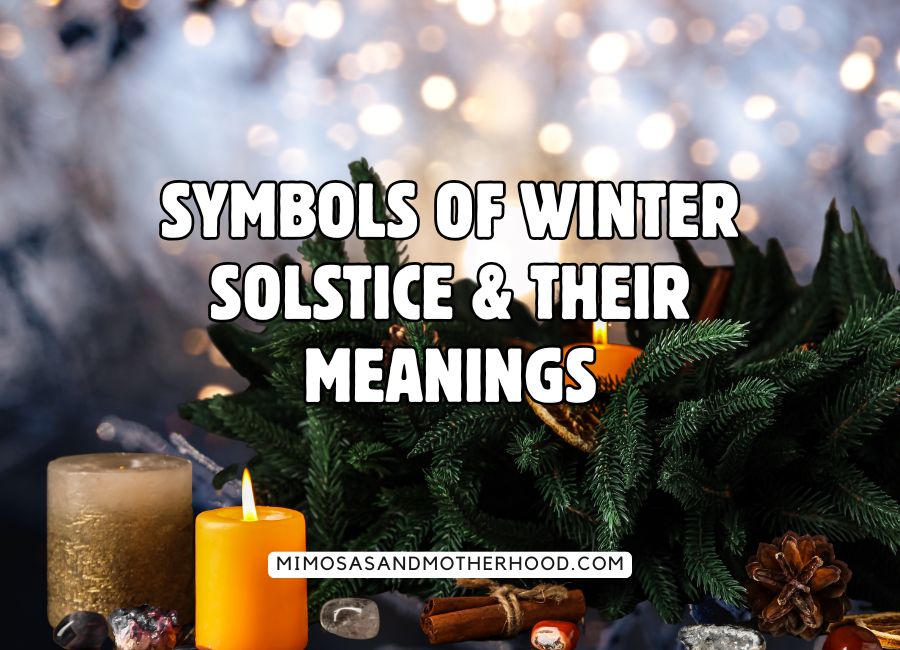
The winter solstice is one of the most magical times of the year. In the northern hemisphere, it marks the longest night of the year and the shortest day of the year—a turning point where the days slowly begin to lengthen again.
Families around the world have celebrated the return of the sun for thousands of years. Many celebrate with meaningful rituals, foods, and symbols that honor both the darkness of winter and the triumph of light.
If you’ve ever wondered about the symbols of winter solstice, their meanings or how they connect to Yule traditions, this post will walk you through the history, the symbolism and easy ways you can celebrate with your family.
Note: Some links may be affiliate links. That means I may make a commission if you use my links to purchase, at no extra added cost to you! I only recommend products that I personally love and believe in. Full disclaimer here.
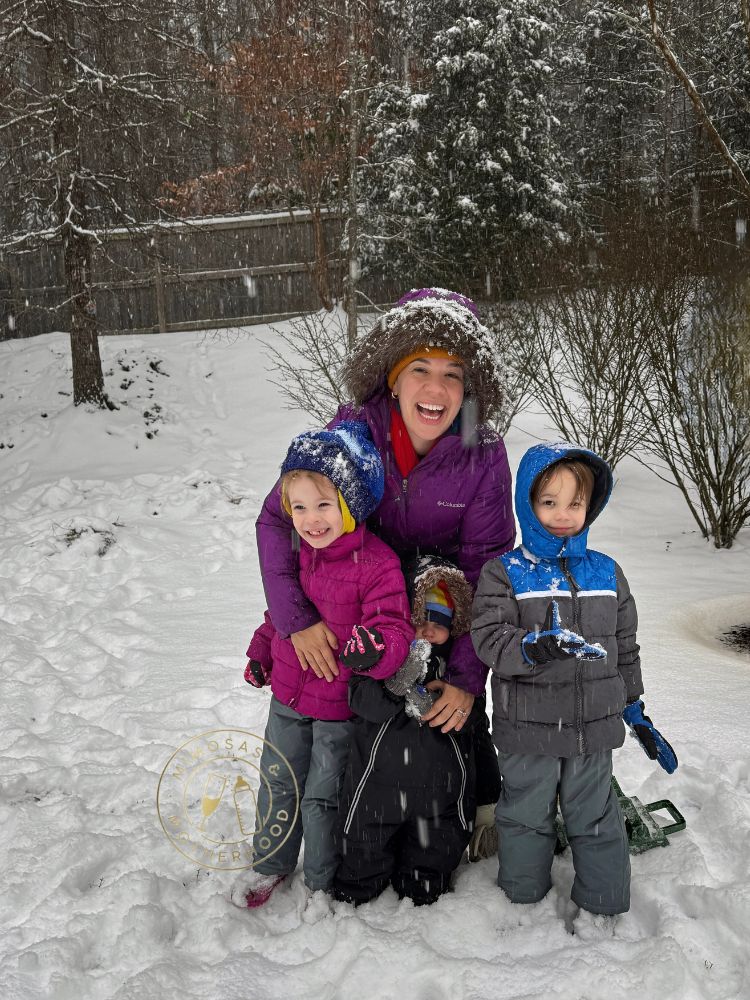
What Is the Winter Solstice?
The winter solstice usually falls around December 21st in the northern hemisphere (and June 21st in the southern hemisphere). On this day of the winter solstice, the tilt of the Earth places us at the season of winter’s darkest point.
Ancient peoples saw this as a sacred time—a perfect time to reflect on the past year, honor the cycles of nature, and welcome the sun’s rebirth. For people of ancient times, this day represented a turning of the wheel of the year, a signal of new beginnings and the coming year.
Symbols of Winter Solstice and Their Meanings
Curious about how to celebrate the winter solstice with your kids? Here are some of the common symbols of winter solstice, their meanings, and easy ways you can celebrate with your family.
Evergreen Plants and Trees
Evergreen branches and evergreen boughs symbolize eternal life and everlasting life, reminding us that even in the darkest days, the natural world is still alive. Ancient cultures often decorated their homes with evergreen plants, pine cones, and branches of pine trees to invite good health and good luck into their sacred space.
Sound familiar? The Christmas tree comes directly from these pagan traditions! The yule tree was a traditional practice long before Christian traditions adopted it as part of Christmas customs.
The Yule Log
One of the most famous symbols of Yule, the yule log was originally a large log burned on the hearth as part of yule rituals. It symbolized the rebirth of the sun and was often decorated with evergreen branches, orange pomanders, and magical ornaments. Families would light candles or carve the log with sacred symbols, placing it in a sacred place or open area.
Today, you can still enjoy this tradition with a yule log cake—a delicious traditional food and fun way to bring the magic of the season to your family table.
Light and Fire
Fire has always been central to winter solstice traditions. From lighting candles to large community bonfires, flames represented the victory of light over darkness. Many families still light candles on solstice night as a meaningful ritual to welcome the sun’s return.
If you’re celebrating with kids, this can be a fun and safe activity—use small candles on your winter solstice altar, or try flameless LED versions for younger kids.
Holly King and Oak King
In Celtic traditions, the Holly King ruled during the darkness of winter, while the Oak King ruled the light of summer. The solstice represented their battle—the Holly King giving way to the Oak King in the eternal cycle of the changing seasons.
This story is a great way to help kids understand the cycles of nature and how different cultures found ways to explain the natural world.
Sacred Trees
The sacred oak tree and the world tree held powerful meaning in ancient cultures from Old Norse traditions to ancient Rome. Trees symbolized strength, connection, and the return of light. Some neolithic monuments even line up with the rising sun on the solstice, proving just how deeply these ancient customs valued the sun’s rebirth.
Food and Feasting
No time of celebration is complete without food! Yule feasts often included root vegetables, roasted meats, and seasonal fruits. The yule log cake is one tasty modern version of this ancient celebration, but you can also celebrate with holiday treats like gingerbread houses, Christmas cookies, or even fun twists like reindeer cookies with the whole family.
Yule Traditions Across Cultures
- Ancient Rome: The festival of Sol Invictus celebrated the “unconquered sun” with feasts, games, and sacred objects.
- Old Norse traditions: Celebrations in Scandinavia honored pagan rituals with fires, feasts, and evergreen trees.
- Neolithic period: Neolithic monuments like Stonehenge are aligned with the solstice, proving how important this ancient festival was to ancient peoples.
- Christian traditions: Many Christmas customs, like the Christmas tree, Santa Claus, and lighting candles, have roots in ancient traditions and pagan holidays.
- Modern pagans: Today, modern pagans continue yule rituals like creating a sacred space, honoring the sun’s return, and holding a yule feast with family members and friends.
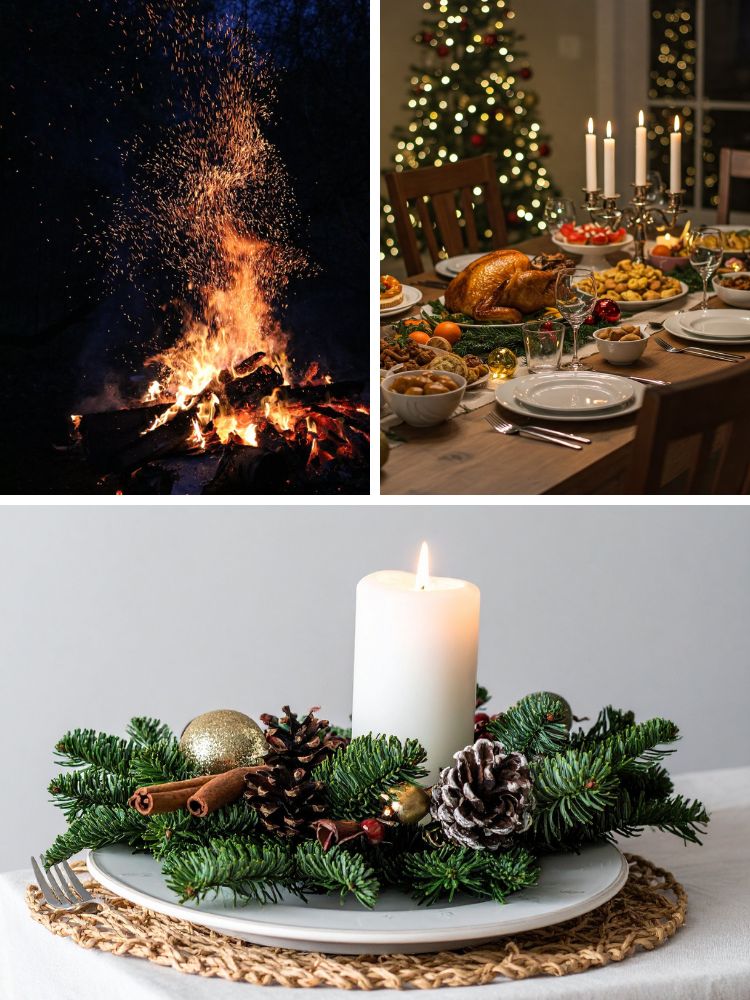
Family-Friendly Ways to Celebrate the Winter Solstice
Even if you don’t follow pagan traditions, the symbols of winter solstice can bring more holiday spirit and lasting memories into your family’s December celebrations.
Celebrating winter solstice with your kids doesn’t have to be complicated! Here are some fun, meaningful ideas you can try:
- Decorate with Evergreens: Add evergreen branches or pine cones to your home for a festive touch.
- Make a Pine Cone Craft: Even better, go on a walk outside to collect them together. Don’t forget to clean them first before crafting!
- Storytime by the Tree: Share a tale of the Holly King and Oak King, or read a special winter solstice book. Our family loves reading The Shortest Day by Susan Cooper together each year. Check out The Best Winter Books for Kids for more seasonal book ideas.
- Light Candles Together: Mark the return of light by letting kids help light (or turn on) candles.
- Cook with Root Vegetables: Create a cozy dinner that honors traditional foods of the season of winter.
- Bake a Yule Log Cake: A fun activity for kids and a great way to connect with ancient traditions.
- Create a Winter Solstice Altar: Use evergreen plants, flameless candles and sacred objects to create a simple sacred space at home.
- Host a Shortest Day party: Celebrate the shortest day with friends and family by incorporating multiple ideas from above into a cozy at home celebration! We do a very chill version of this, with lots of electric candles.
You might also enjoy these winter family posts:
Final Thoughts: The Meaning of Winter Solstice Symbols
The symbols of winter solstice are powerful reminders of the cycles of nature, the changing seasons, and the magic of the season. Whether you’re inspired by the ancient customs of ancient Rome, the pagan rituals of the Celtic tradition, or the warmth of modern Yule celebrations, these symbols offer a better way to slow down, reflect, and celebrate with the entire family.
By bringing the return of light into your own holiday season—whether through lighting candles, sharing holiday crafts, or simply gathering around the Christmas tree—you’re keeping alive the traditions that people of ancient times cherished on the year’s shortest day.
Wishing you a joyful solstice, new beginnings and a bright coming year!
Did you enjoy this article? Use the image below to pin it on Pinterest to help other families find this useful information, too!
